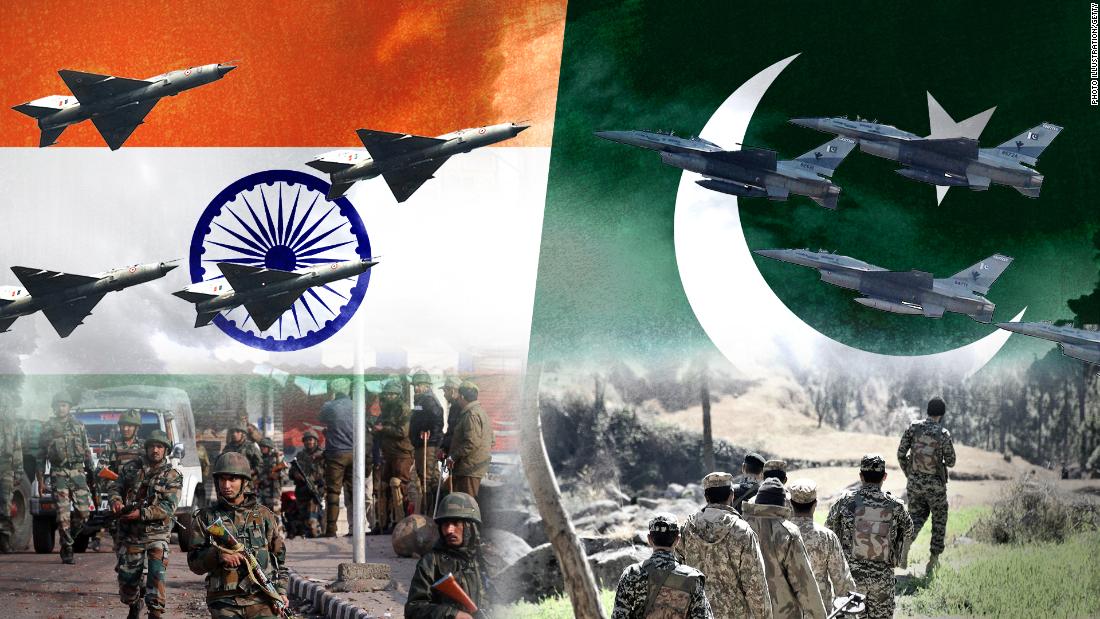Friends, followers, brace yourselves. We’re looking at a potentially explosive situation unfolding between India and Pakistan. Pakistan’s Information and Broadcasting Minister, Murtaza Solangi, just announced that their air defense systems successfully intercepted an Indian missile. Thankfully, he assures us all Pakistani Air Force assets remain secure.

Photo source:missilethreat.csis.org
This follows reports of a significant explosion near Rawalpindi early this morning. The ISPR (Inter-Services Public Relations) Director-General confirmed India launched a missile that targeted the Noor Khan Air Base, located near Islamabad.
Let’s be clear: this isn’t a drill. The implications are massive. We’re walking a tightrope here, and cooler heads absolutely must prevail. The timing, the location… everything smells of escalating tensions.
Understanding Ballistic Missile Defense (BMD): A Quick Dive
Ballistic Missile Defense refers to systems designed to detect, track, and destroy incoming ballistic missiles. These systems employ various technologies, including radar and interceptor missiles.
The effectiveness of BMD systems is hotly debated. Factors like missile type, interceptor capabilities, and terrain all play a crucial role. It’s not a foolproof shield.
Geopolitically, BMD systems often create a security dilemma, leading to an arms race as nations seek to overcome defenses. This incident underscores this point.
Furthermore, accidental or miscalculated launches, like potentially this incident, can rapidly escalate conflicts, making de-escalation critical.






